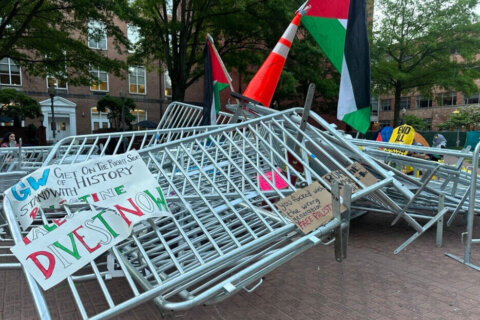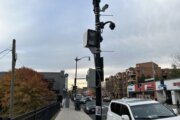WASHINGTON – Tuesday’s power outage – one that briefly registered at the White House before backup power kicked in but left some federal buildings and area schools in the dark for hours – brings home an important reminder of the fragility of the U.S. electrical grid.
“Every outage of any duration is a reminder of how dependent we are on electricity,” says Malcolm Woolf, senior vice president of Advanced Energy Economy.
Pepco said the system worked exactly as it was designed to, triggering backup power in affected buildings, from the White House to the State Department, despite the failure of its equipment near a switching station in Charles County, which resulted in a dip in voltage.
Woolf, who was the director of the Maryland Energy Administration under Gov. Martin O’Malley, and says the vulnerabilities of the nation’s power grid are in part due to its age.
“We basically have a 19th-century electricity grid. Our system looks very much like Thomas Edison designed it,” Woolf says.
Woolf says utility companies such as Pepco and SMECO (Southern Maryland Electric Cooperative) have worked to update their operations and hardware, but that the industry as a whole has a long way to go.
“The more voltage regulators you put on the grid, the more microgrids you build in — you can enhance the resiliency of the system even further,” says Woolf.
A utility watchdog group says despite Pepco’s statements, the system didn’t work as designed on Tuesday.
“Three generation plants tripped off-line during that incident. So, that’s definitely not the way the system is intended to work for a relatively minor initiating event like a transmission line falling down,” says Thomas S. Popik, director of the Foundation for Resilient Societies.
The foundation is an advocacy group of technical and legal experts focusing on protection of the electric grid and federal rulemaking.
“If the power is out – it’s a failure,” Popik says.
New security rules recently passed by the federal agency responsible for regulating the energy grid don’t require physical security of facilities where power is generated.
“I think that would come as a shock to many people, especially when a major generation facility tripping offline could cause the kind of cascading outage we recently saw in the Washington, D.C. area,” Popik says.
Also, Congress passed a law in 2005 giving the Federal Energy Regulatory Commission authority to manage how power companies communicate. And yet Popik says many utilities still share critical information between facilities using hackable, unencrypted communications.
Former CIA director R. James Woolsey, who is now chairman of the Foundation for Defense of Democracies, tells WTOP that using the Web to control and manage the grid provides a faster, more efficient system but leaves the grid vulnerable to hacking attacks.
“It’s extremely vulnerable because we’ve got 18 critical infrastructures in the country: food, water, transportation etc. All 17 of the others depend on the electric grid. So if the electric grid goes, we’re not back in the 1980s, pre-Web, we’re back in the 1880s pre-electricity,” Woolsey says.
WTOP’S Kate Ryan, Kristi King and Amanda Iacone contributed to this report.






